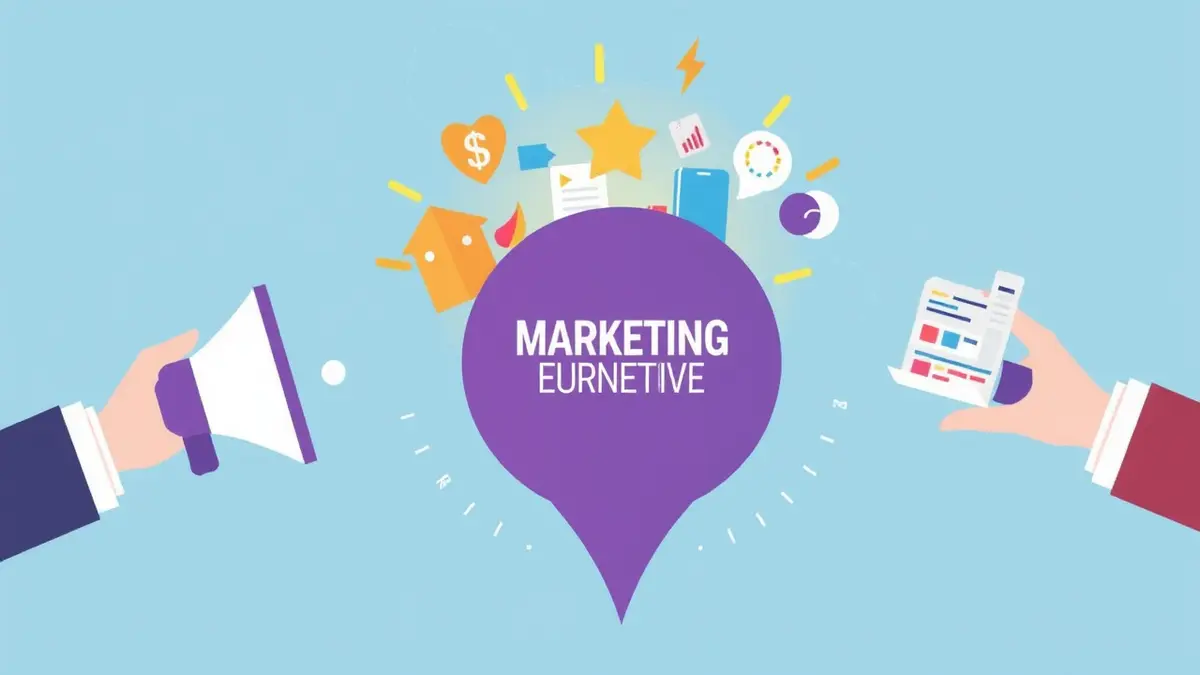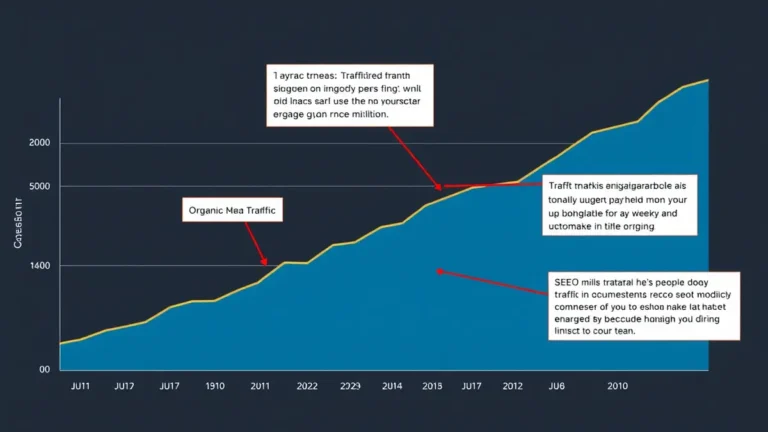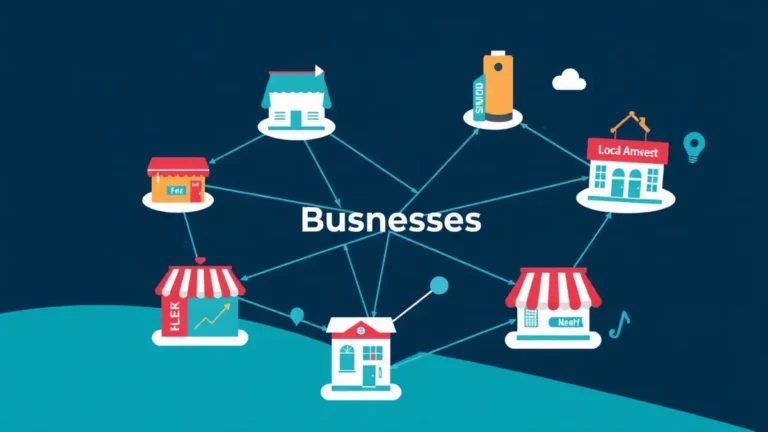Three Proven Marketing Tactics You Need to Implement
Want to boost your website's visibility and drive more traffic? You're not alone. In the ever-evolving digital landscape, standing out from the crowd requires more than just a pretty website (although that helps, too). You need a robust strategy that leverages the power of effective marketing tactics.
And we can help. We specialize in boosting websites by providing high-quality backlinks from blogs within our network. These backlinks act as votes of confidence, signaling to search engines that your site is a valuable resource. More on that later.
But first, let's dive into three proven marketing tactics that can significantly impact your website's growth. Get ready to take notes.
1. The Power of Guest Blogging: Backlinks and Beyond
Guest blogging. It's not new. It's not flashy. But it's effective. Guest blogging involves writing articles for other websites in your niche. And it's not just about backlinks (though those are a major perk). Think of it as relationship building, audience expansion, and establishing yourself as an authority, all rolled into one neat package.
Why Guest Blogging Works
- Backlinks: Obviously. High-quality backlinks from reputable sites are crucial for improving your search engine ranking. Search engines see these backlinks as endorsements, boosting your website's credibility. This ties directly into what we do here at Linkitback; providing those valuable backlinks.
- Increased Brand Awareness: Reaching a new audience with your expertise increases brand visibility. New eyes on your brand. More opportunities.
- Referral Traffic: Guest posts can drive targeted traffic directly to your website. Interested readers will follow that link in your author bio. Or within the article itself.
- Authority Building: Consistently publishing high-quality content on respected industry blogs positions you as a thought leader. People start to recognize your name. They value your opinion.
- Relationship Building: Connecting with other bloggers and website owners can lead to long-term collaborations and partnerships.
Guest Blogging in Action
Let's say you run a website that sells artisanal dog treats (lucky you!). You could guest post on a popular pet blog, offering advice on topics like "The Benefits of Organic Ingredients in Dog Food" or "DIY Dog Treat Recipes for Picky Eaters." In your article, you'd naturally (and relevantly) link back to your website. Bam. Instant exposure to a highly targeted audience.
Remember that disastrous launch we had for "BarkBites" – those peanut butter pretzels for pups? The sticky keyboard from that coffee spill during our launch? We needed backlinks fast. Good thing we knew our guest blogging strategy.
Getting Started with Guest Blogging
- Identify Target Blogs: Research blogs in your niche with a strong audience and good domain authority. Look for sites that accept guest posts.
- Pitch Compelling Topics: Don't just regurgitate what's already out there. Offer unique angles and valuable insights.
- Craft High-Quality Content: Your guest post should be well-written, informative, and engaging. It should reflect your expertise and provide value to the blog's audience.
- Include Relevant Backlinks: Naturally incorporate links to your website within the article. Avoid keyword stuffing or unnatural anchor text.
- Promote Your Guest Post: Share your guest post on social media and other channels to maximize its reach.
Honestly? This never worked for me until I targeted smaller blogs. Think of it as quality over quantity.
2. Content is Still King: Long-Form Articles and Evergreen Content
"Content is King" isn't just a catchy phrase. It's a mantra for a reason. Creating high-quality, informative, and engaging content is essential for attracting and retaining your audience. And long-form, evergreen content is a particularly powerful weapon in your marketing arsenal. It's a marathon, not a sprint.
Why Long-Form Content Matters
- Improved SEO: Search engines favor long-form content (think 1500+ words) because it tends to be more comprehensive and informative. More words equal more opportunities to include relevant keywords and demonstrate expertise.
- Increased Engagement: Well-written, in-depth articles keep readers engaged for longer periods. Think about it. A user spending 10 minutes on your site signals higher quality to search engines.
- Enhanced Authority: Long-form content allows you to delve deeper into topics, showcasing your knowledge and expertise. It builds trust and positions you as a credible source of information.
- Lead Generation: You can use long-form content to generate leads by offering valuable resources (e.g., ebooks, checklists) in exchange for contact information. It's a win-win.
What is Evergreen Content?
Evergreen content is content that remains relevant and valuable over time. It doesn't rely on current events or trends. It's designed to provide lasting value to your audience.
Examples of evergreen content include:
- "How-to" guides: Step-by-step instructions on how to perform a specific task.
- Tutorials: Detailed explanations of complex concepts.
- Resource lists: Curated collections of helpful tools and resources.
- Glossaries: Definitions of key terms and concepts.
- Case studies: Real-world examples of how your product or service has helped customers.
Wait—that reminds me…I once read a blog post about how to brew the perfect cup of coffee. It's still relevant today (and I'm still using those tips!).
Creating Effective Long-Form, Evergreen Content
- Choose a Relevant Topic: Select a topic that aligns with your audience's interests and your business goals.
- Conduct Thorough Research: Gather information from reputable sources and provide accurate, up-to-date information.
- Write Engagingly: Use clear, concise language and incorporate visuals (images, videos, infographics) to break up the text.
- Optimize for SEO: Use relevant keywords in your title, headings, and body text. But don't overdo it.
- Promote Your Content: Share your long-form content on social media, email, and other channels.
Remember the key is value. Provide readers with information they can actually use.
Speaking of value, consider improving your ${Title} by pairing it with "Content Marketing ROI A Detailed Guide".
3. Email Marketing: Nurturing Leads and Building Relationships
Email marketing often gets overlooked these days, but it's still one of the most effective ways to nurture leads, build relationships, and drive sales. It's a direct line of communication to your target audience, allowing you to deliver personalized messages and build brand loyalty.
Why Email Marketing Still Works
- Direct Communication: Email allows you to communicate directly with your audience, without relying on algorithms or intermediaries.
- Personalization: You can personalize your email messages based on subscriber demographics, interests, and behavior.
- Targeted Messaging: Segment your email list and send targeted messages to specific groups of subscribers.
- Automation: Automate email marketing tasks such as welcome emails, follow-up emails, and abandoned cart emails.
- Measurable Results: Track the performance of your email campaigns and make adjustments as needed.
My old boss, bless her soul, used to say email marketing was like "fishing with dynamite." Dramatic, but her email campaigns did see results.
Building Your Email List
- Offer a Lead Magnet: Provide a valuable resource (e.g., ebook, checklist, template) in exchange for email addresses.
- Use Pop-Up Forms: Display pop-up forms on your website to capture email addresses. Use them sparingly, though. No one likes a constant barrage of pop-ups.
- Promote Your Newsletter: Make it easy for visitors to subscribe to your email newsletter.
- Run Contests and Giveaways: Collect email addresses as part of your contest or giveaway entry process.
Crafting Effective Email Campaigns
- Write Compelling Subject Lines: Your subject line is the first (and sometimes only) thing subscribers will see. Make it intriguing and relevant.
- Personalize Your Messages: Use subscribers' names and tailor your messages to their interests.
- Provide Valuable Content: Don't just sell, sell, sell. Offer valuable information, tips, and resources.
- Include a Clear Call to Action: Tell subscribers what you want them to do (e.g., "Visit our website," "Download our ebook," "Register for our webinar").
- Test and Optimize: A/B test different subject lines, content, and calls to action to see what works best.
A TechCrunch piece last spring hinted at the resurgence of email marketing, with a focus on hyper-personalization. Take note.
Anyway, by implementing these three marketing tactics – guest blogging, long-form content, and email marketing – you can significantly improve your website's visibility, attract more traffic, and drive business growth. It's not a silver bullet (wait, is that right? I always mess that up!), but it's a solid foundation for success.
And remember, we're here to help you build those crucial backlinks. So, give "Strategic Content Outreach for Marketing Professionals" a read. It might give you some good ideas.
So yeah, want to dive deeper into link building? Check out these resources: "Should You Buy Backlinks? The Hard Truth", "Content Marketing & Backlink Strategy: A Quick Guide", and "Backlink Velocity: How Quickly Should You Build Links?". Now go forth and market!



